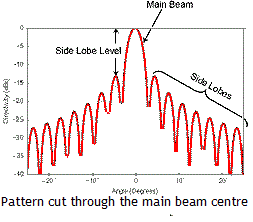Advertisment:


Satellite Internet Forum.
Welcome, Guest. Forum rules.To search this site click here > SATSIG search
| Home Login Register |
| Satellite Internet forum › Satellite dish installations - pictures and descriptions › Re: strong winds |
|
Pages: 1
|
Re: strong winds(Read 7021 times) |
|
Eric Johnston
Senior Member
★★★ Offline Posts: 2109 |
Mar 9th, 2011 at 10:31am
|
| Back to top |
IP Logged
|
|
Eric Johnston
Senior Member
★★★ Offline Posts: 2109 |
Reply #1 - Mar 14th, 2011 at 9:25am
|
| Back to top |
« Last Edit: Mar 14th, 2011 at 11:27am by Admin1 »
IP Logged
|
|
Pages: 1
|
Email me: eric@satsig.net
Powered by YaBB 2.5.2!
YaBB Forum Software © 2000-. All Rights Reserved.
Disclaimer, Terms of Use and Privacy Forum User Agreement Forum rules Cookie policy.



